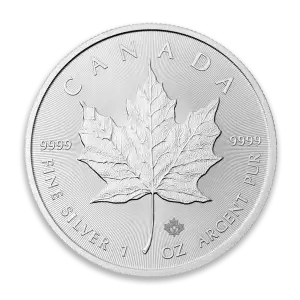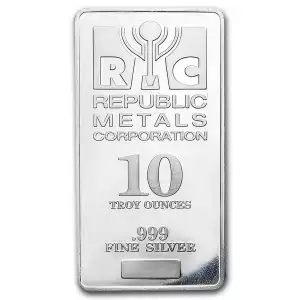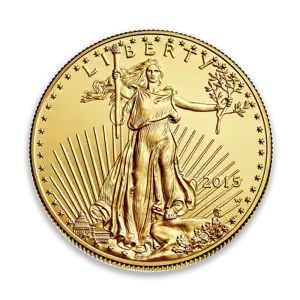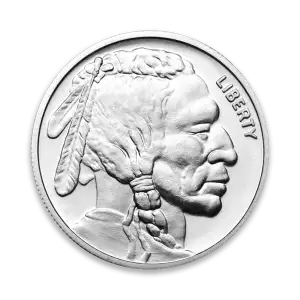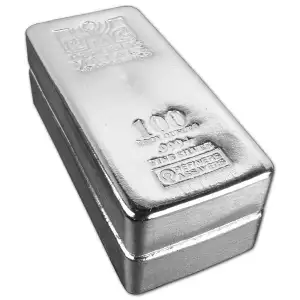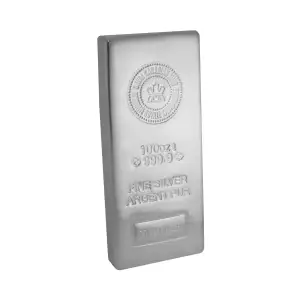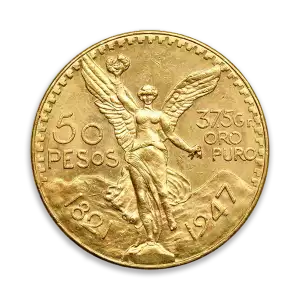Global Perspectives on Gold, the U.S. Dollar, and Local Currencies
Introduction: The Global Monetary Sentiment
Currency is more than just a medium of exchange—it represents trust, stability, and national identity. While the U.S. dollar has long been the world's dominant reserve currency, global perspectives on its role vary significantly. At the same time, gold has remained a historical store of value, but its importance is interpreted differently across economies. This analysis explores how different nations and their people perceive gold, the U.S. dollar, and their own local currencies in today's shifting financial landscape.
1. The U.S. Dollar: Confidence, Dependency, and Resistance
A. Countries That Depend on the U.S. Dollar
For many countries, the U.S. dollar is a lifeline due to its stability and global acceptance. Nations with weaker local currencies often rely on dollar reserves to protect their economies from volatility.
Dollarized Economies: Countries like Ecuador, El Salvador, and Panama have adopted the dollar as their official currency to avoid inflation and monetary instability.
Petrodollar Dependency: Oil-exporting nations, such as Saudi Arabia, still conduct most energy transactions in U.S. dollars, reinforcing its global dominance.
Developing Nations’ Trust in USD: In places like Zimbabwe and Lebanon, where local currencies have suffered extreme devaluation, the dollar is used as a hedge against economic instability.
B. Countries Resisting U.S. Dollar Dominance
Not all nations view the U.S. dollar favorably. Some see it as a tool of economic control, leading them to push for alternatives.
China and Russia: Both countries have actively reduced their dollar reserves and promoted trade in yuan and rubles, aiming to de-dollarize international trade.
BRICS Alliance: Brazil, Russia, India, China, and South Africa are exploring a common trade currency, reducing reliance on the U.S. financial system.
Sanctioned Nations’ Response: Countries like Iran and Venezuela, facing U.S. sanctions, are forced to seek alternatives, using gold or cryptocurrencies to bypass restrictions.
C. Public Perception of the U.S. Dollar
In Emerging Markets: The dollar is seen as a safer store of value compared to their often unstable local currencies.
In Western Europe: While many acknowledge its importance, there is growing skepticism regarding U.S. fiscal policies and long-term stability.
In the U.S. Itself: Inflation concerns and rising debt levels have led some Americans to question the future of their own currency.
2. Gold: A Universal Safe Haven or an Outdated Relic?
A. Nations that Prioritize Gold
Gold has historically been used as a hedge against currency devaluation and inflation. Certain nations continue to emphasize gold reserves:
China and Russia: Both countries have been aggressively increasing their gold reserves, likely as a hedge against a weakening dollar-based system.
India: Gold is deeply ingrained in Indian culture, with families investing in gold jewelry as both an asset and a traditional symbol of wealth.
Germany: Holds one of the largest gold reserves in the world, emphasizing the metal's role in financial security.
B. Countries Where Gold Is Less Relevant
Some economies, particularly in the West, have deprioritized gold:
United States: Despite holding the largest official gold reserves, the U.S. dollar remains fiat-based, with minimal reliance on gold in daily economic function.
United Kingdom: The Bank of England has significantly reduced its gold holdings, focusing on foreign exchange reserves instead.
Japan: With a strong domestic economy and well-managed monetary policies, Japan has not prioritized gold accumulation.
C. Public Perception of Gold
In Developing Nations: Gold is seen as a safe investment, often preferred over local banks.
In the West: Gold is largely viewed as an investment asset rather than a currency alternative.
Among Crypto Enthusiasts: Some argue that Bitcoin and digital assets are replacing gold as a hedge against fiat devaluation.
3. Local Currencies: Stability vs. Volatility
A. Countries with Strong, Trusted Currencies
Switzerland (Swiss Franc, CHF): Known for stability and strong banking regulations, the franc is a safe-haven currency.
Singapore (Singapore Dollar, SGD): Managed with strict monetary policies, the SGD is viewed as one of the strongest regional currencies in Asia.
Norway (Norwegian Krone, NOK): Backed by significant oil reserves and a strong economy, it remains resilient.
B. Countries with Struggling Currencies
Argentina (Argentine Peso, ARS): High inflation and repeated devaluations have eroded confidence in the peso, with many Argentinians preferring to save in dollars.
Turkey (Turkish Lira, TRY): A combination of political instability and economic mismanagement has led to significant devaluation.
Nigeria (Nigerian Naira, NGN): Heavy dependence on oil and currency devaluation have made the naira volatile.
C. Public Confidence in Local Currencies
In Stable Economies: Citizens trust their currency and rarely feel the need to convert wealth into gold or USD.
In Hyperinflationary Environments: People often turn to the dollar, gold, or cryptocurrencies as alternatives.
Among International Businesses: Corporations often prefer holding reserves in dollars or euros rather than relying solely on local currencies.
4. The Future: Are We Moving Toward a New Monetary System?
With increasing skepticism toward fiat currencies, many nations are exploring new monetary solutions:
Rise of Central Bank Digital Currencies (CBDCs): China has already launched the digital yuan, while Europe and the U.S. are researching their own versions.
Bitcoin and Cryptocurrencies as an Alternative: Nations like El Salvador have adopted Bitcoin as legal tender, while others explore crypto as a hedge against monetary instability.
A Multi-Currency Reserve System: Some economists predict a future where global trade is no longer dominated by a single currency, but rather a mix of USD, gold, yuan, and digital assets.
Conclusion: A Fragmenting Monetary World
While the U.S. dollar remains dominant, cracks in the system are becoming more apparent. Some nations continue to rely on the USD, while others are actively seeking alternatives. Gold remains a universal store of value, but its importance varies across different economies. Meanwhile, local currencies face diverse challenges, with some nations experiencing confidence in their financial systems and others struggling with instability.
The global financial landscape is evolving, and the next decade could see a major shift in how nations and individuals perceive, use, and store wealth. The key question remains: Will the world continue under a dollar-centric system, or are we witnessing the birth of a multi-currency monetary order?

